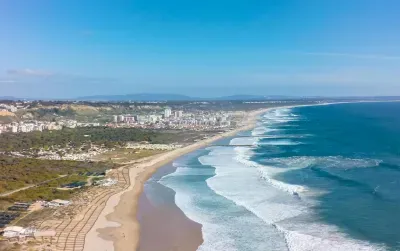Electricity Museum
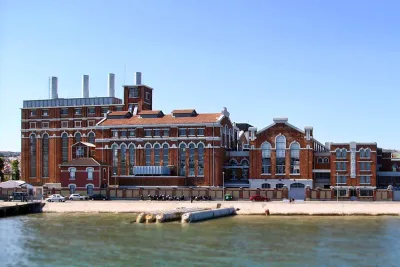
Museum housed in the old riverside power station. Presents the history of energy through a series of experimental exhibits and cultural context
Belem National Palace
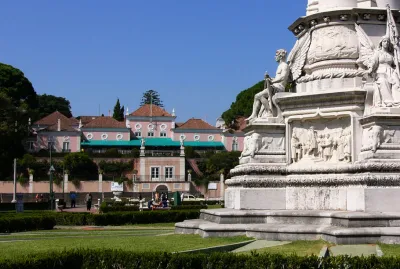
Now the official residence of the president of Portugal the palace was built in the 16th by Manuel of Portugal to overlook the nearby Jerónimos Monastery
25th April Bridge, Lisbon

Stretching across the estuary at the Tagus River in Lisbon is the Ponte 25 de April (25th April Bridge); the largest suspension bridge in Europe and the 20th longest in the world. Often considered as a twin sister of the Golden Gate Bridge in San Francisco because of its similar design the bridge in Lisbon is actually 300 feet (100m) longer.
Igreja da Memória
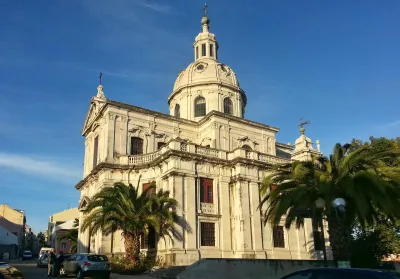
The elegant Baroque Igreja da Memória was built on the orders of King Jose I in 1760 as a gesture of thanksgiving for having survived an assassination attempt two years earlier. The location of the church marks the exact spot where the failed attempt on the king’s life took place.
Ajuda National Palace
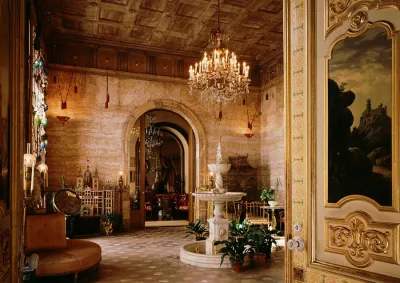
19th century neoclassical palace on the edge of Lisbon in Ajuda. The palace was built as the royal residence and has the lavish interior to prove it.
Lisbon Tram Route 15

Route 15 is one of the five historic tram lines, which have been operating in Lisbon since 1873.
